SPOTLIGHT
What the government is doing to reduce medicine stockouts
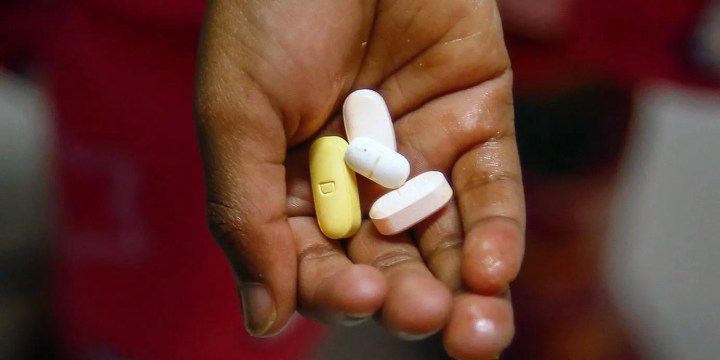
Medicine stockouts in SA persist due to a host of ongoing challenges. An in-depth look at what is being done to ensure that clinics and pharmacies do not run out of important medicines.
Over the past decade, the National Health Department has rolled out a range of electronic surveillance systems to monitor medicine stocks throughout SA’s healthcare facilities. Many healthcare workers feel the new systems are making a positive impact, but stockouts persist due to a host of ongoing supply challenges.
“My problem with the clinic is that I get there as early as 7am and leave around 3pm. I [went] to the clinic to collect my hypertension tablets. We get into a long queue only to be told that they don’t have hypertension tablets. Not having my tablets poses a danger to my life. I get dizzy and I am unable to work. I [asked] for the day off from work to come [that day], then [had] to ask for another day off to do the same thing,” says a Klerksdorp resident interviewed by the community healthcare monitoring group Ritshidze.
According to a recent report from Ritshidze, between May and June this year there were more than 400 unique medicine stockouts reported at just 72 healthcare facilities in North West. In roughly the same period, doctors in the Eastern Cape reportedly struggled to treat patients with bone marrow cancer due to provincewide shortages of crucial chemotherapy drugs. In August, Africa’s largest hospital, Chris Hani Baragwanath, reportedly faced a stockout of Adrenaline for two days.
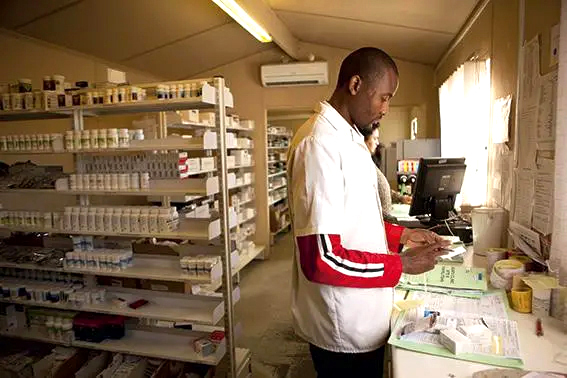
Many healthcare workers feel the range of electronic surveillance systems rolled out by the National Department of Health to monitor medicine stocks throughout the country’s healthcare facilities are having a positive impact, but stockouts persist due to a host of ongoing supply challenges. (Photo: Samantha Reinders / MSF)
Though the problem is not exclusive to South Africa, recent news about medicine stockouts paints a gloomy picture of the country’s capacity to manage essential medicines. But the National Department of Health’s Khadija Jamaloodien says these reports shouldn’t overshadow a broader trend. Instead, she argues that the health department has made significant strides to improve the availability of medicines through a series of national drug stock surveillance programmes. (Read Jamaloodien’s full and very informative response here.)
But what are these systems, and are they as effective as the health department claims?
Health department ramps up surveillance
In November 2013 a nationwide survey of hospitals and clinics conducted by the Stop Stockouts Project found that more than one in five had experienced stockouts of ARVs or TB drugs in the previous three months alone. The National Department of Health appeared to have little understanding of the severity of the problem — in April 2014 it claimed that in the previous 12 months there had been only a few stockouts of ARVs, restricted to two provinces.
As media attention on shortages grew, the department began to prioritise the issue and developed an extensive surveillance system to better monitor medicine levels throughout SA’s public healthcare facilities. One key program is RxSolution, a computer-based stock management system that pharmacists and nurses use to record the quantities of drugs that have been ordered, received and dispensed at their facilities.
“By tracking the movements of stock in and out of the system, RxSolution can estimate stock levels at any point in time,” says Jamaloodien, who heads the National Department of Health’s Affordable Medicines Directorate.
The software was rolled out incrementally at hospitals from 2014 and is now used in healthcare facilities across SA. The data feed back to a series of national, provincial and district-level dashboards which show medicine levels across facilities.
The central software platform that hosts these dashboards is called the National Surveillance Centre. According to Jamaloodien, the platform “allows stakeholders at national and provincial levels to quantify or predict challenges in medicine supply…”.
Additionally, RxSolution generates reports which advise hospital staff on how much of a particular drug they need to order to prevent shortages or overstocking, and which medicines are due to expire.
A similar online tool is the Stock Visibility System, which measures medicine levels at primary healthcare facilities across the country. Unlike RxSolution, it’s accessed on a cellphone app and the data are stored in the cloud (RxSolution requires an in-house server). Healthcare workers scan medicines using the app to capture stocks.
By October 2021, 3,826 healthcare facilities had used the Stock Visibility System, RxSolution or other online systems to track drug stocks (roughly 90% of all public hospitals and clinics according to our calculations).
SA better at managing ARVs — trends unclear for other drugs
Evidently, shortages remain but, according to Jamaloodien, these systems have made a positive impact.
“Good surveillance systems are one factor in a multifactor situation but do play an important role in reducing stockouts. This can be seen in the downward trend of major stockouts since introducing the surveillance systems,” Jamaloodien says.
Verifying this is difficult, however, as the health department wasn’t able to provide data over a long period, and independent research has historically focused only on TB drugs or ARVs. Shortages of the latter do appear to have become less common. In 2013, a national survey found that 19% of healthcare facilities had a stockout of ARVs in the past three months. By contrast, interviews that were done with healthcare workers this year suggest that, depending on the quarter, only 5% to 9% could recall shortages of HIV medicines in the past three months.
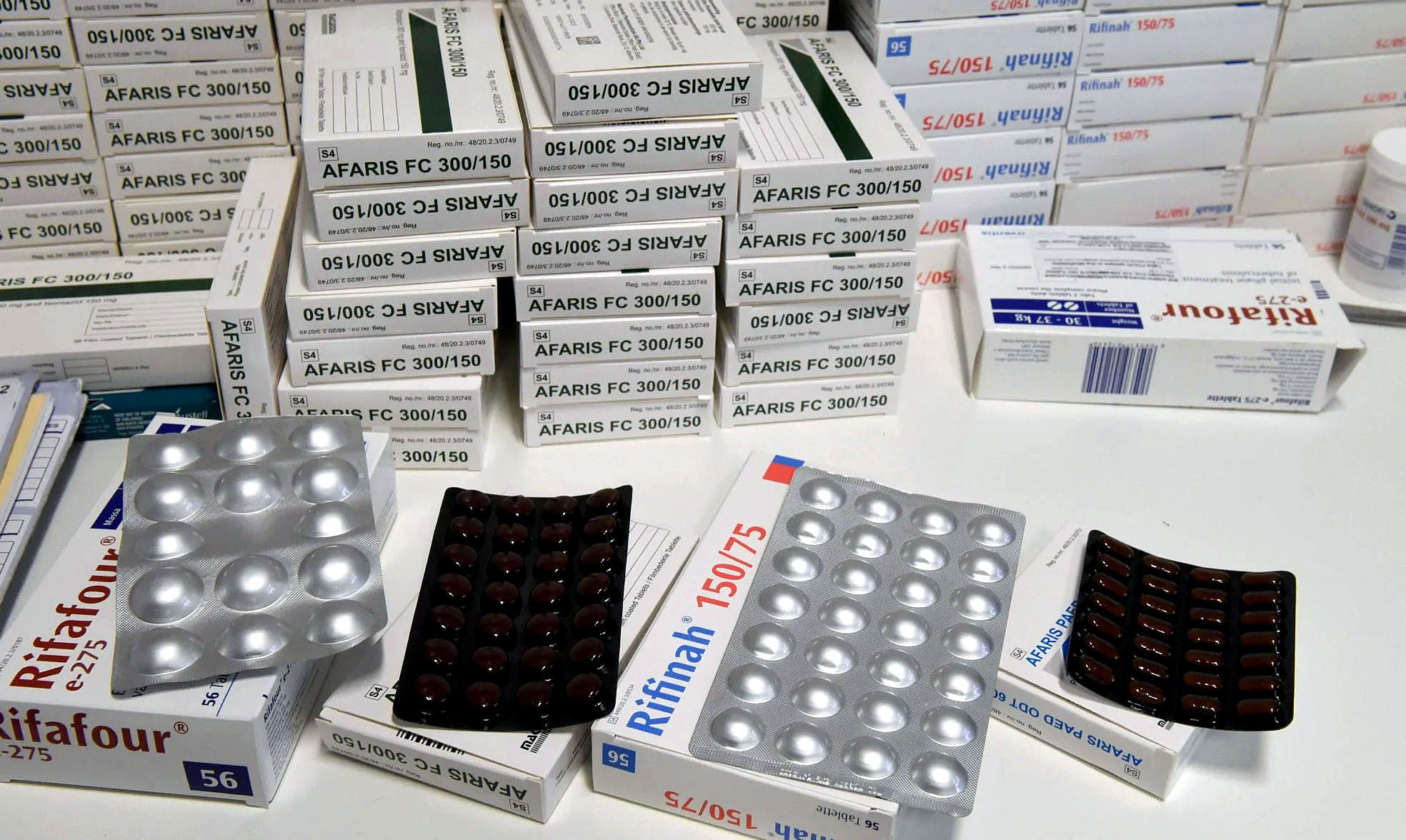
Tuberculosis medicine. (Photo: Nasief Manie / Spotlight)
Whether the surveillance systems played any role in this decline, and whether the same trend holds for stockouts of other drugs, is unclear.
Healthcare workers say software reduces stockouts
A paper published in June assessed the attitudes of 114 users of the National Surveillance Centre. These individuals, mostly managers and pharmacists at different levels in provincial health systems, are responsible for monitoring drug stocks and reporting shortages. Two-thirds of them said the introduction of the National Surveillance Centre in 2016 had improved medicines availability, as having so much data on drug stocks allowed them to be more proactive — for instance by redistributing stocks from facilities that contained an excess of a particular medicine to those with shortages.
Prior to the roll-out of this system, many of these individuals had monitored medicine stocks by physically going to facilities or waiting for healthcare workers to notify them of a stockout.
Another paper, published in May, found positive attitudes toward the Stock Visibility System among healthcare workers who used the system at clinics in KwaZulu-Natal (mostly nurses and pharmacists). Almost three-quarters of the 206 surveyed staff felt that the phone app had improved stock management at their facility, though it had reportedly increased their workload.
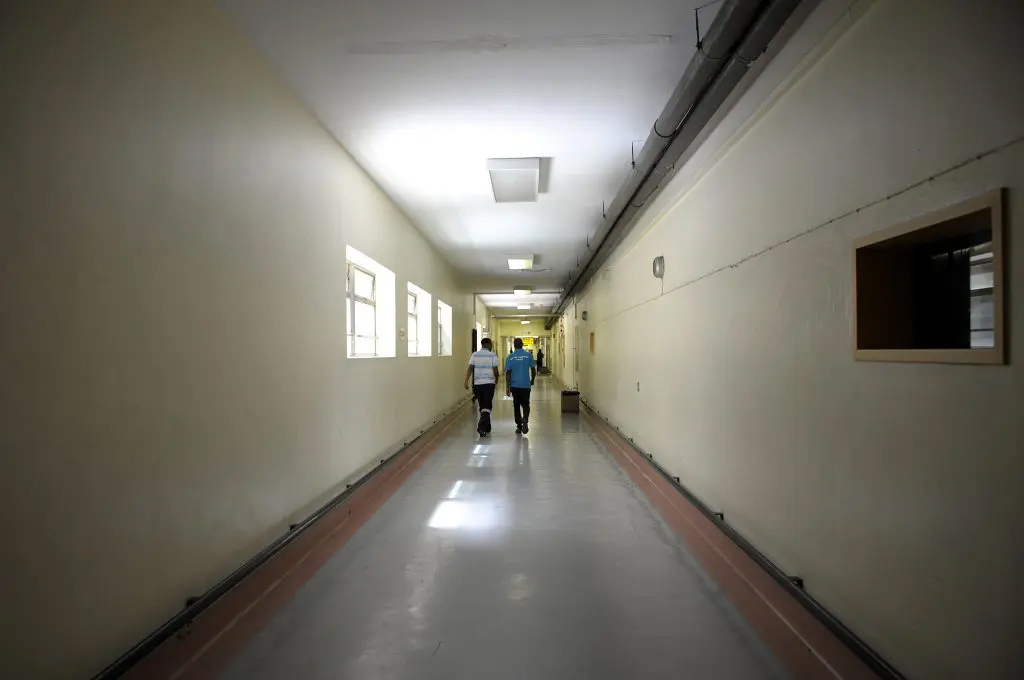
By October 2021, 3,826 healthcare facilities had used the Stock Visibility System, RxSolution or other online systems to track drug stocks (roughly 90% of all public hospitals and clinics according to our calculations). (Photo: Joyrene Kramer)
This lines up with a national survey in 2017 which found that 87% of healthcare staff reported that the Stock Visibility System had reduced the frequency of stockouts.
Mncengeli Sibanda, a pharmacy expert at Sefako Makgatho Health Sciences University, says the application has clear benefits: “In the past, we’d have to count stocks physically and write it by hand. Now it’s captured electronically, limiting capture errors and allowing stock counts to be done more regularly… And at a national level, they can intervene [to prevent shortages] because they have data on stock levels at [most] clinics.”
Load shedding hinders rollout
RxSolution — which is PC-based — appears to have been similarly well received by some healthcare workers. Phelelani Dludla, the acting clinical manager of Benedictine District Hospital in Nongoma, KwaZulu-Natal, says that when the system was introduced at the hospital in 2019, “it would assist us in making orders before we ran out of stock. It would tell us [which] stocks would run out and so we’d … reorder them a week earlier than our usual routine”.
Dludla adds that it also assisted in reducing waste: “It helped with finding out which drugs we should cut down on in terms of spending, because they were frequently expiring and being sent back”.
But, particularly for rural hospitals like Benedictine, infrastructural problems can pose obstacles. Dludla says that since 2021, network problems caused by load shedding have prevented the use of RxSolution throughout the hospital. Today, the software is used only in the pharmacy.
Sibanda explains, “Ideally, RxSolutions should be [in each section of the hospital], but there have been challenges.” Aside from load shedding, “some hospitals can’t get a computer into each and every ward”, he says.
Monitoring suppliers
The National Department of Health has also been monitoring drug suppliers. Jamaloodien says that companies that are awarded national tenders to provide medicines are “contractually bound to [provide] up-to-date production pipeline data for products that they supply. The mandatory six-month pipeline window allows for proactive prediction and management of looming supply challenges.”
Policies like this have good international precedent. Preliminary evidence found that Canada managed to reduce drug stockouts by forcing pharmaceutical companies to notify the health department of any supply interruptions. To work, they need to be implemented effectively, however, and the National Department of Health has previously complained that companies weren’t routinely notifying them of supply interruptions.
Yet, if the health department has been making such positive strides toward reducing shortages, why are there still so many stockouts?
Global shortages
Part of the problem is international, says Andy Gray, a pharmacy expert at the University of KwaZulu-Natal.
“Globally, there is a problem with the security of supply in the pharmaceutical industry. For example, there are a number of older cancer drugs that are out of stock in the US at the moment, and the UK has had persistent problems with antibiotics,” Gray says.
Indeed, last week the European Union announced details of a “solidarity mechanism” in which member states who face drug shortages can now request donations from other European countries if they have exhausted all other options. This was after Europe faced repeated shortages of key medicines over its winter.
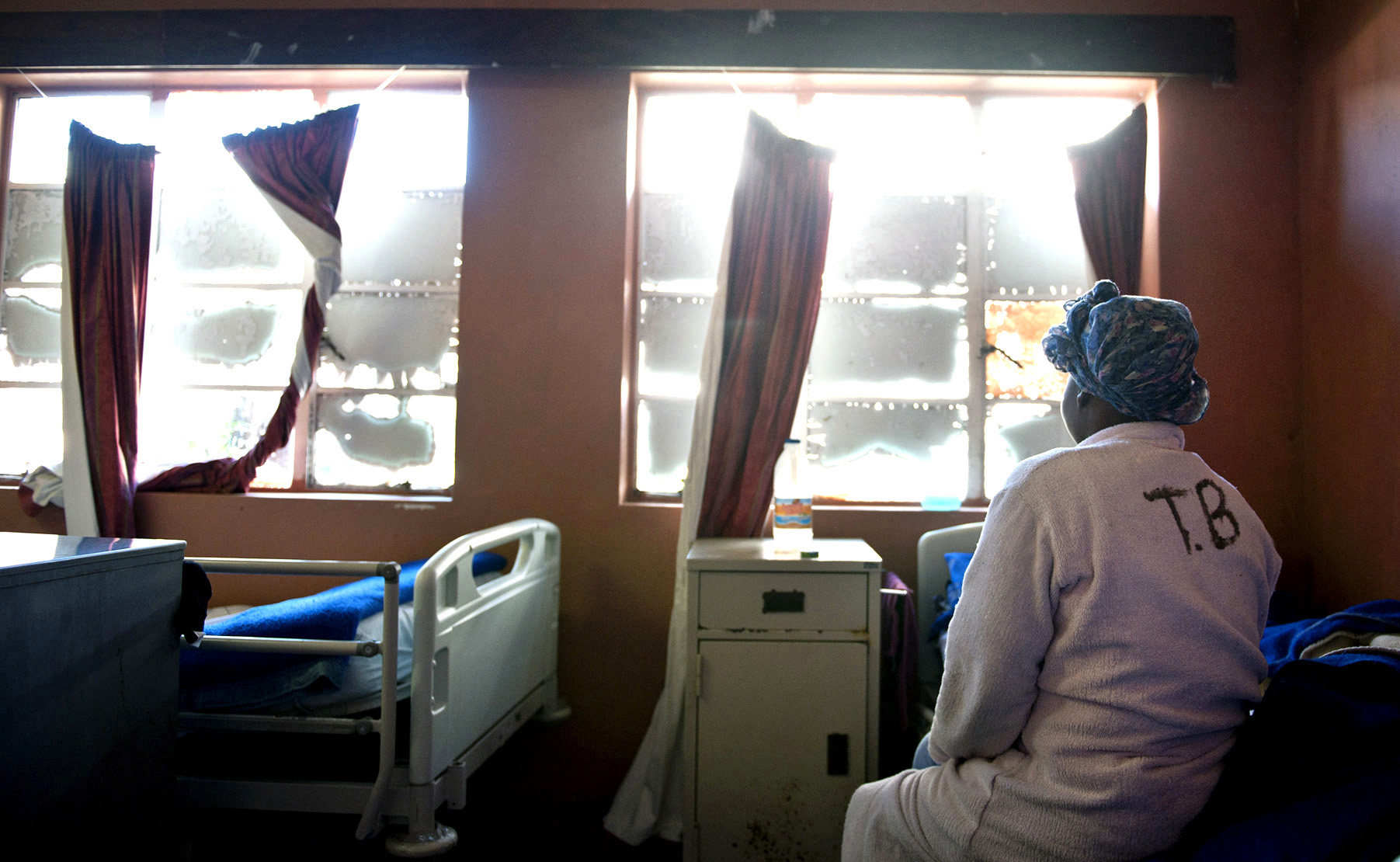
In November 2013, a nationwide survey of hospitals and clinics conducted by the Stop Stockouts Project found that more than one in five had experienced stockouts of ARVs or tuberculosis drugs in the previous three months alone. (Photo: Madelene Cronje)
Several factors contribute to these global supply interruptions, says Gray. “One is an overconcentration of active ingredient manufacturing in a smaller and smaller number of plants in the world, largely in China and India”.
If a single factory runs into a problem, this can disrupt global supply, including in South Africa, where locally made drugs usually require active ingredients from abroad. A 2020 paper found that pharmacists in Gauteng’s hospitals were often left waiting for medicine orders for months after the delivery deadline and many believed that this was due to contracted suppliers facing shortages of active pharmaceutical ingredients.
Local dynamics also play a role. Problems have historically included the failure of provinces to pay contracted suppliers on time, staff shortages at clinics (which force overworked nurses to be in charge of stock management) and delays in the awarding of pharmaceutical tenders.
Split tenders to reduce vulnerability of supply
According to Gray, another issue is the overreliance on individual companies. “All too often the contract [to supply a particular drug] is awarded to a single supplier,” he says.
The conditions of pharmaceutical tenders often stipulate that if the company can’t meet its contractual obligations, the government can turn to alternative suppliers. But that’s easier said than done, says Gray.
“If that single supplier is unable to meet demand … the alternative suppliers in the country simply don’t have the volumes to substitute … especially if there’s no prior warning that there is going to be a problem in supply”.
Jamaloodien argues, “Many contracts are currently awarded with … quantities split among suppliers.” However, doing so more frequently would present its own problems, as requiring several companies to produce small amounts of drugs “can invite higher prices because the price is largely related to economies of scale”. In other words, it’s cheaper for one company to supply all the drugs.
Gray acknowledges this, but argues that the trade-off needs to be made more often in certain cases. “Vital medicines for which there are no alternatives are being given to maybe one or two suppliers.” The vulnerability this creates can come at an enormous cost to patients.
“For vital medicines, we need more split tenders,” Gray says. DM
This article was produced by Spotlight – in-depth, public interest health journalism.
Disclosure: Spotlight editor Marcus Low was a member of the Stop Stockouts Project steering committee for several years in the mid-2010s. Also, Ritshidze is mentioned in this article. Spotlight is published by SECTION27 and the Treatment Action Campaign (TAC) and TAC is a Ritshidze member organisation. Spotlight is, however, editorially independent — an independence that the editors guard zealously. Spotlight is a member of the South African Press Council and subject to the Press Code.





















 Become an Insider
Become an Insider
Comments - Please login in order to comment.